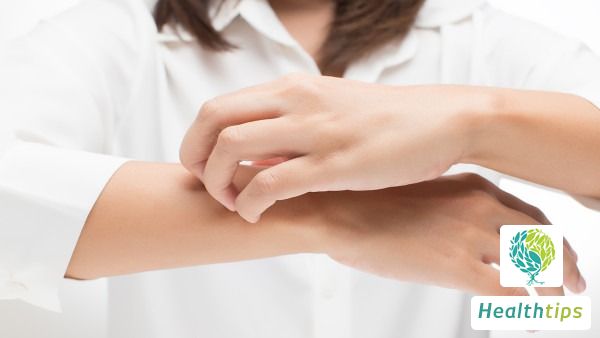Winter is a high-risk season for vitiligo, and patients need to pay attention to keeping warm, avoiding skin damage, and adjusting their diet structure reasonably. They should also maintain a good mental state in daily life.

1. Keep warm: Due to cold weather, if you don't add clothes in time when going out, it may lead to body cold and induce or worsen the condition. Therefore, in winter, you need to add or reduce clothes according to the temperature change, and expose yourself to the sun more;
2. Avoid skin damage: For example, bathing with water that is too hot or using irritating skincare products may cause local redness, swelling, and pain, and may even lead to an expansion of the white spot area. Therefore, try not to frequently burn or scratch the affected area;
3. Adjust diet structure reasonably: It is recommended to eat more foods rich in vitamin C, such as kiwi, oranges, lemons, and other fruits. You can also eat nuts such as black sesame, walnut kernels, peanuts, etc., which can supplement the nutrients needed in the body and are beneficial to health. However, spicy and stimulating foods such as chili, garlic, and mustard should be eaten less to avoid affecting the recovery of the disease;
4. Other precautions: Develop good habits in daily life, go to bed early and get up early to ensure enough sleep time. Avoid staying up late for a long time, as long-term staying up late will lead to a decline in immunity, thus affecting the treatment effect of the disease. In addition, it is necessary to go to the hospital for regular follow-up visits to observe your recovery.

